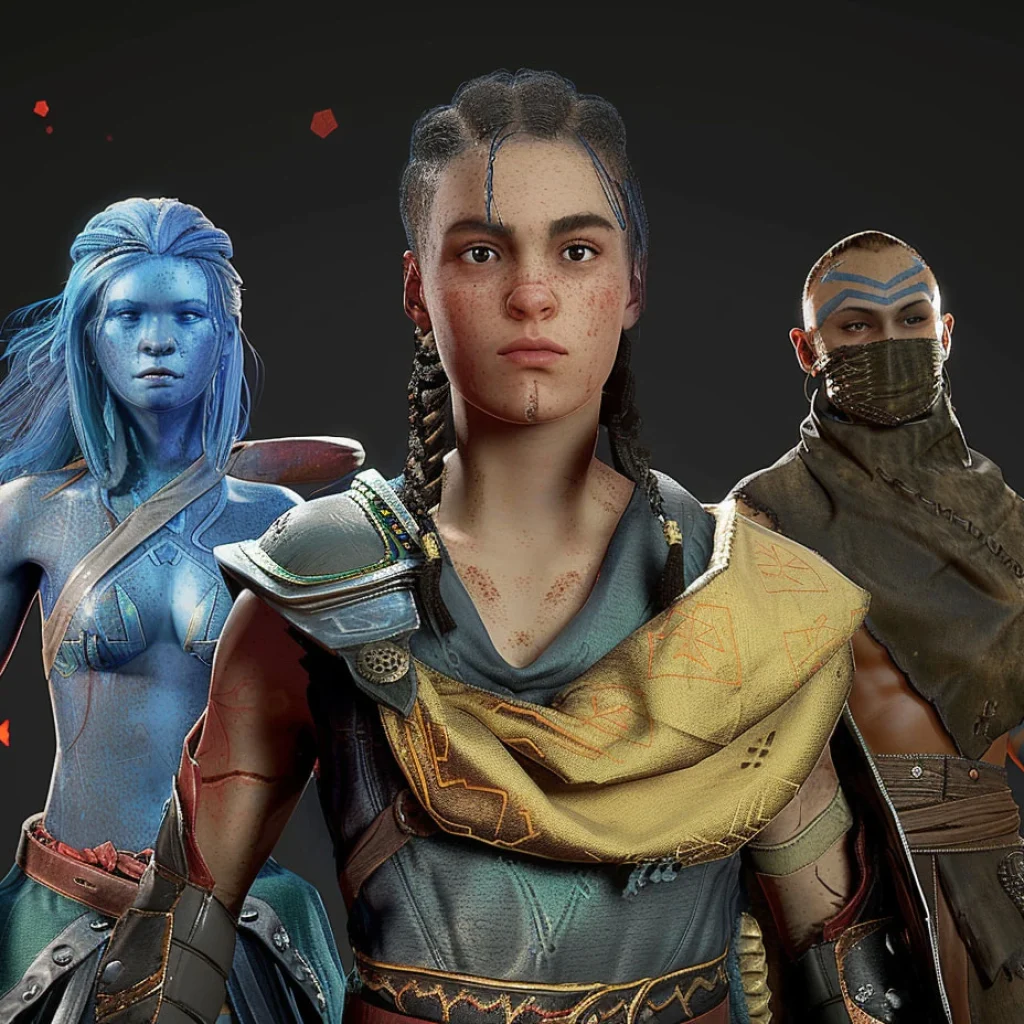The global market for augmented reality, virtual reality and mixed reality is expected to grow by more than $220 billion between 2021 and 2028, and AR in particular is likely to become widely adopted by the end of that timeframe. Indeed, Apple CEO Tim Cook has publicly stated his belief that AR will one day be as commonplace as “eating three meals a day”.
AR refers not to virtual worlds, but rather a physical world that’s overlaid with computer graphics and accessed by headsets, goggles or smartphones and tablets, similar to how the hit game Pokemon Go is played.
With AR expected to become so prevalent, it seems inevitable that these new experiences will become an important battleground for brands and marketers looking to reach out to new consumers and audiences. Many companies have already begun to explore the possibilities of advertising in the AR realm, resulting in some innovative new marketing strategies that have had a big impact on targeted audiences.
Improving Consumer Satisfaction
One of the earliest, and also the most compelling examples of AR marketing, is Home Depot’s Project Color application, which takes advantage of the technology’s ability to reimagine our surroundings. When it comes to decorating a home, it is never easy to know what a new paint color will actually look like when it has been plastered across the living room wall. While that yellow tint looks beautiful in the brochure, will it be too bright? With the Project Color app, users can view a video or photo of their own living room or bathroom and superimpose the new color on its walls, giving them a better idea of how it looks in real life. The app also allows these images to be shared with others, so those who don’t trust their own judgment can get some advice.
IKEA, the famed furniture store, has created a similar AR experience for users to visualize how its products will look in their own homes. With the IKEA Place app, shoppers can generate a to-scale model of a new sofa, cabinet or wardrobe and see how it will look inside their home, giving them greater confidence before they place an order.
Experiential Marketing
The great thing about AR is it can be applied to almost any situation, and the pioneering ticket exchange store StubHub has exploited this to help sports fans select the most appropriate seat for live events.
During Super Bowl LII, StubHub debuted an AR feature on its mobile application that created a virtual model of the U.S. Bank Stadium that hosted that year’s big game. Through the app, NFL fans were able to visualize for themselves the exact position of their chosen seat within the stadium, giving them a more accurate idea of their view of the game and its proximity to facilities.
StubHub’s AR feature proved to be incredibly popular because it was more than just an advertising gimmick. Seat selection is actually a critical issue for many sports fans and those attending other events. If you’re unfortunate enough to end up in a seat where the view is blocked by a pillar or other fans, it can be incredibly disappointing. So in this way, StubHub’s AI solves a genuine paint point for consumers.
One thing AR applications try to exploit is people’s willingness to get outside. Not everyone wants to be stuck indoors all day, consumed with social feeds on their smartphones. Peer realizes this, and has created a novel kind of social network that’s essentially overlaid on top of the real world. As people explore their physical locations, they’ll be able to see information about different businesses and landmarks that pops up in AR, collect digital goods such as NFTs and more.
Peer’s AR world is meant to enhance people’s outdoor experiences, and it also provides a great opportunity for some clever marketing tricks limited only by our imaginations. For example, a dinosaur theme park can create giant dinosaur visuals that roam across the city, visible in AR, to entice tourists to come and visit it. Brands can even create games, hiding digital food in locations outside, encouraging people to collect it so they can feed the AR dinosaurs roaming around.
The always-trendy Netflix also came up with an experiential market campaign for Season Four of its hit show Stranger Things. The Stranger Things Experience allowed fans of the show to visit official locations in-person to enjoy a novel experience related to the show, play AR games and immerse themselves in the Stranger Things universe.
Another innovative campaign that dates back to 2014 saw Pepsi install AR systems at a bus shelter in London. As people stood waiting for their bus, they would be treated to a dazzling display that shows everything from lions to UFOs and more, heading directly towards them.
The experience showcased the playful branding that Pepsi is known for, wowing audiences with a thrilling experience. A video of Pepsi’s bus shelter AR experience gained more than six million views on YouTube, making it one of that platform’s most successful advertising campaigns.
Expect More AR Experiences From Brands
The concept of AR marketing is still a new one, but it’s clearly going to become an exciting tool for creative marketers. By taking advantage of the immersive nature of AR, brands can dazzle and excite their audiences in exciting and original ways. As AR becomes more integrated into our lives, we’ll see many more businesses begin exploring the advertising potential.





